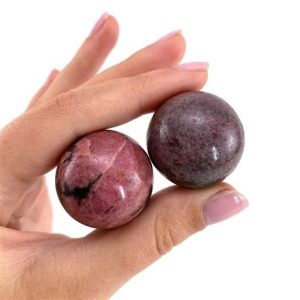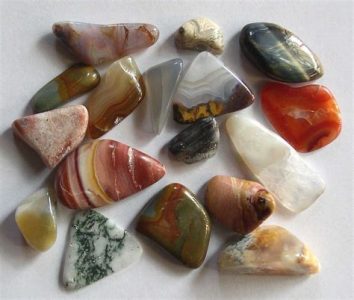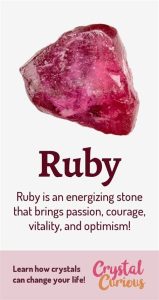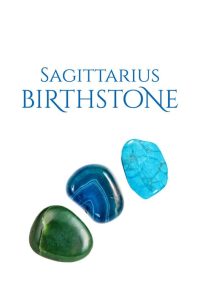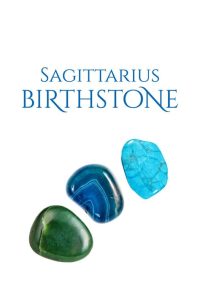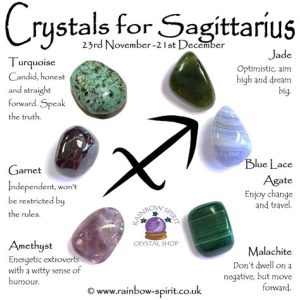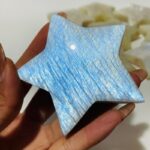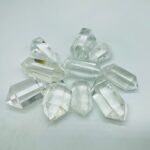Introduction

In the realm of gemstones, the year 2025 is set to witness a captivating clash between the allure of calcite purple and the timeless charm of amethyst. While both stones exude their own unique beauty and properties, they present distinct characteristics that appeal to discerning collectors and enthusiasts alike. This article delves into an in-depth comparison of calcite purple vs amethyst, exploring their similarities, differences, and potential applications.
Mineralogical Properties:
Calcite and amethyst belong to different mineral families, influencing their distinct physical and chemical properties.
- Calcite Purple: A variety of calcite, a carbonate mineral with a hardness of 3 on the Mohs scale. Its vibrant purple hue stems from impurities, primarily manganese.
- Amethyst: A type of quartz, a silicate mineral with a hardness of 7 on the Mohs scale. Its characteristic purple color is attributed to iron impurities.
Color:
The primary distinction between calcite purple and amethyst lies in their coloration.
- Calcite Purple: Exhibiting a rich, royal purple with occasional hints of pink or blue. Its transparency varies from translucent to opaque.
- Amethyst: Displaying a delicate, lavender-like purple with varying intensities. It is typically transparent, allowing light to pass through.
Origin and Formation:
These gemstones are found in different geological contexts, affecting their availability and rarity.
- Calcite Purple: Formed in hydrothermal veins or cavities within carbonate rocks. Its deposits are found worldwide, including Mexico, the USA, and China.
- Amethyst: Originating in volcanic rocks, such as geodes and volcanic cavities. Major sources include Brazil, Uruguay, and Zambia.
Metaphysical Beliefs:
Throughout history, gemstones have been associated with specific metaphysical properties.
- Calcite Purple: Believed to enhance spiritual awareness, intuition, and emotional well-being.
- Amethyst: Known for its calming and protective energies, promoting tranquility and inner peace.
Jewelry Applications:
The beauty and versatility of calcite purple and amethyst have made them highly sought after in the jewelry industry.
- Calcite Purple: Used in statement pieces such as necklaces, earrings, and pendants due to its captivating color and affordability.
- Amethyst: Incorporated into delicate jewelry, including rings, bracelets, and earrings, showcasing its ethereal beauty.
Investment Potential:
While both gemstones have their own value in the market, their investment potential varies.
- Calcite Purple: Relatively affordable and not as rare as amethyst, resulting in a lower investment value.
- Amethyst: Higher in value due to its rarity and enduring popularity, making it a more attractive investment option.
Applications Beyond Jewelry:
Beyond their ornamental use, calcite purple and amethyst possess potential applications in various fields.
- Calcite Purple: Its optical properties make it suitable for use in optical instruments and industrial applications.
- Amethyst: Its piezoelectric properties allow it to generate electrical signals when subjected to pressure, making it useful in sensors and electronics.
Innovative Applications:
The unique characteristics of calcite purple and amethyst inspire innovative applications.
- Calcite Purple in Medical Imaging: Its transparency and ability to emit fluorescent light under ultraviolet radiation make it a potential contrast agent for medical imaging.
- Amethyst in Nanotechnology: Its piezoelectric properties could be harnessed in nanoscale devices, such as sensors and actuators.
Comparisons:
| Feature | Calcite Purple | Amethyst |
|---|---|---|
| Mineral Family | Carbonate | Silicate |
| Hardness (Mohs Scale) | 3 | 7 |
| Color | Rich, royal purple | Lavender-like, delicate purple |
| Transparency | Translucent to opaque | Transparent |
| Origin | Hydrothermal veins or cavities within carbonate rocks | Volcanic rocks, geodes, volcanic cavities |
| Metaphysical Beliefs | Spiritual awareness, intuition, emotional well-being | Calming, protective energies, inner peace |
| Jewelry Applications | Statement pieces, necklaces, earrings, pendants | Delicate jewelry, rings, bracelets, earrings |
| Investment Potential | Lower value | Higher value |
| Applications Beyond Jewelry | Optical instruments, industrial applications | Sensors, electronics |
Effective Strategies for Choosing Between Calcite Purple and Amethyst:
- Consider Your Budget: Calcite purple is more affordable than amethyst, making it a budget-friendly option.
- Assess Your Style: Calcite purple’s bold color is ideal for statement pieces, while amethyst’s delicate hue suits more subtle jewelry.
- Determine Your Needs: If you seek metaphysical properties, both gemstones offer unique benefits. Calcite purple may enhance spirituality, while amethyst promotes tranquility.
- Explore Innovative Applications: Consider the potential applications of calcite purple in medical imaging and amethyst in nanotechnology for futuristic jewelry pieces.
Common Mistakes to Avoid:
- Confusing Calcite Purple with Amethyst: Be aware of the distinct visual differences between the two gemstones to avoid confusion.
- Overlooking Calcite Purple’s Value: Despite its lower investment potential, calcite purple’s beauty and affordability make it a valuable gemstone.
- Ignoring Metaphysical Beliefs: When choosing gemstones for spiritual purposes, consider the associated metaphysical properties that resonate with you.
- Ignoring Innovative Applications: Explore the emerging applications of calcite purple and amethyst for unique and forward-thinking jewelry designs.
A Step-by-Step Approach to Decision-Making:
- Identify Your Needs: Determine the purpose and style of the jewelry you desire.
- Research the Gemstones: Gather information about calcite purple and amethyst, including their properties, availability, and value.
- Compare and Contrast: Weigh the similarities and differences between the two gemstones based on your specific criteria.
- Make an Informed Decision: Consider your budget, style, needs, and potential applications to make an informed choice between calcite purple and amethyst.
- Enjoy Your Gemstone: Once you have chosen the perfect gemstone for your needs, appreciate its beauty and unique qualities.
Conclusion:
The choice between calcite purple and amethyst is a matter of personal preference and intended use. Each gemstone possesses distinct characteristics, value, and applications. By understanding the similarities and differences between these two captivating gems, you can make an informed decision that fulfills your desired needs and aspirations. Embrace the allure of calcite purple or the timeless charm of amethyst, and adorn yourself with a gemstone that reflects your unique style and intentions.


